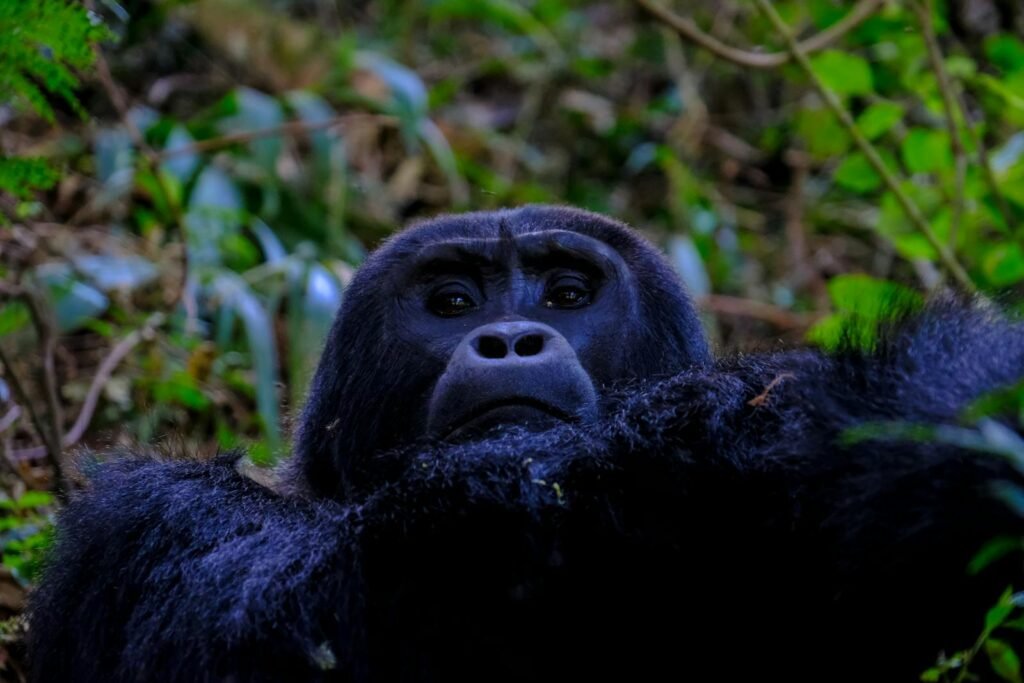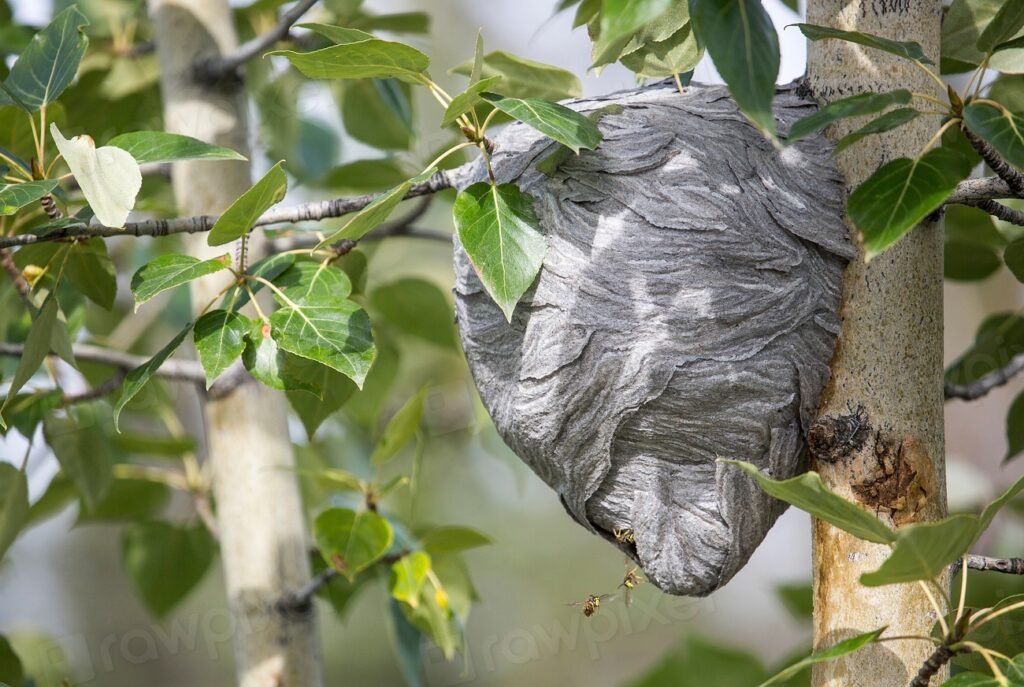Imagine standing on the edge of a vast, shimmering glacier—one that has carved mountains, fed rivers, and nourished life for thousands of years. Now, picture that same glacier shrinking, year after year, its ancient ice melting away into memory. This is not a distant story; it’s unfolding across America right now. Glaciers that once seemed eternal are receding, leaving behind not just bare rock, but also a trail of uncertainty for the communities, ecosystems, and cultures that rely on their frozen bounty. The loss is more than environmental—it’s personal, emotional, and, for many, a matter of survival. Let’s journey into the heart of America’s vanishing glaciers, and meet the people whose lives are entangled with the fate of these magnificent rivers of ice.
The Ancient Giants of America

Long before highways and skyscrapers, glaciers dominated the American landscape, shaping valleys and feeding mighty rivers. These icy behemoths, some thousands of years old, once stretched from Alaska down to the Rocky Mountains. Even today, names like the Mendenhall, Teton, and South Cascade glaciers evoke a sense of awe and wildness. Scientists believe that these glaciers are living records, holding secrets about Earth’s past climates tucked away in their layered ice. Their slow but powerful movement has sculpted everything from the jagged peaks of Montana’s Glacier National Park to the smooth stones of Yosemite’s valleys. To gaze upon a glacier is to witness history frozen in motion—a reminder of nature’s patient artistry.
Why Are Glaciers Disappearing?

The answer is both simple and deeply troubling: rising global temperatures. Glaciers form when more snow accumulates in winter than melts in summer, but warming temperatures have flipped that delicate balance. In recent decades, studies have shown that American glaciers are shrinking at an unprecedented rate, with some losing as much as 80% of their mass since the mid-20th century. Human-caused climate change is the driving force, fueled by greenhouse gas emissions from cars, factories, and deforestation. Even the most remote glaciers in Alaska are not immune, their icy surfaces now pockmarked by meltwater streams and exposed rock. The science is clear: as the planet heats up, glaciers retreat, and their disappearance is accelerating.
Glaciers as Water Towers
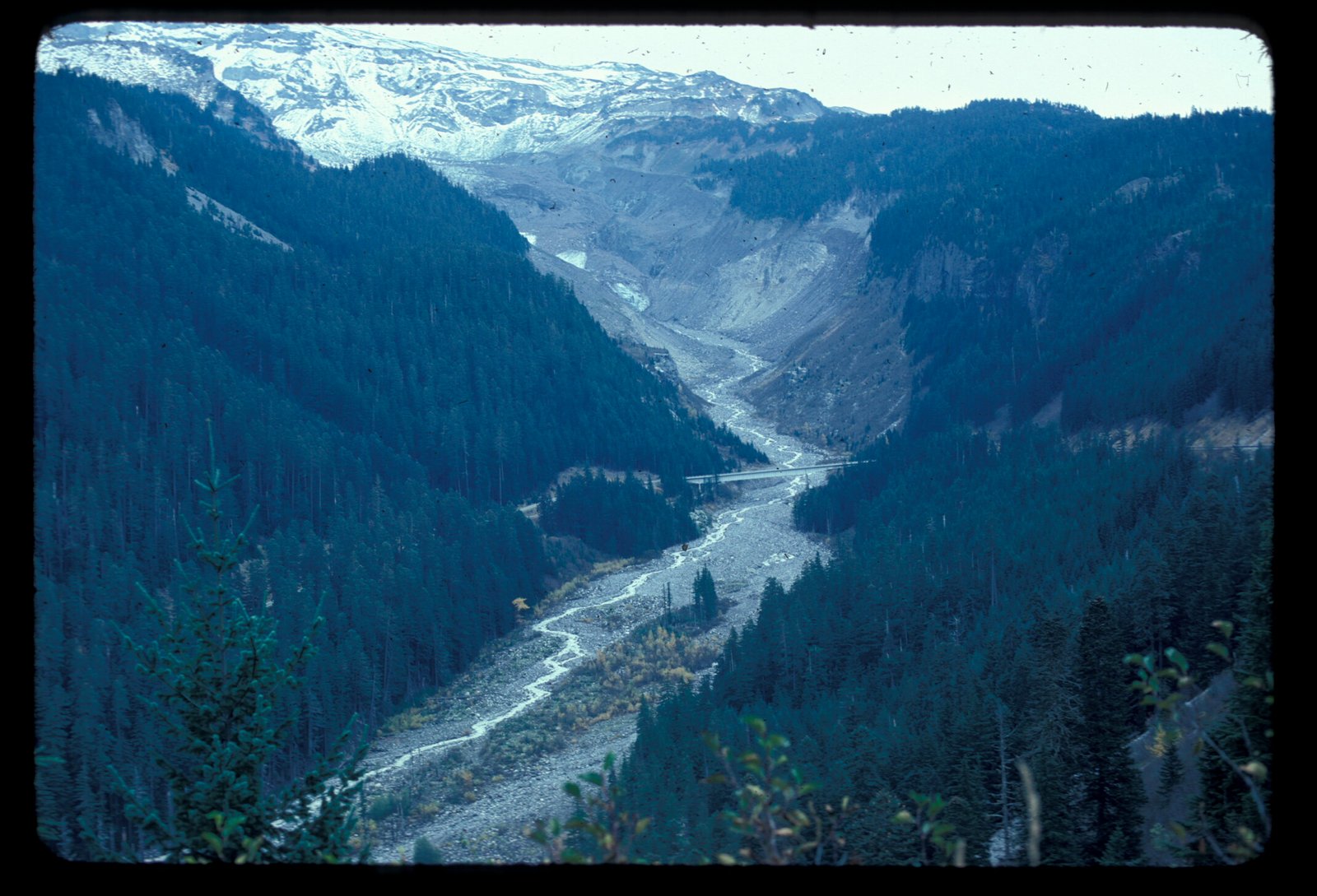
For many communities, glaciers are more than scenic wonders—they are essential water sources. Often called “water towers,” glaciers store winter snow and slowly release meltwater throughout the year, especially during dry summers. This melt feeds rivers like the Columbia and Missouri, which in turn supply drinking water, irrigation for crops, and hydroelectric power to millions. Without glaciers, these rivers could run dangerously low during droughts, threatening farms, towns, and entire cities downstream. In places like Montana and Washington, farmers already worry about shrinking snowpacks and uncertain water supplies. A vanishing glacier isn’t just a loss for nature lovers—it’s a crisis for everyone who depends on its lifeblood.
Impacts on Native and Rural Communities

For Indigenous peoples and rural residents, the loss of glaciers hits especially hard. Many Native American tribes, such as the Blackfeet in Montana, have deep spiritual and cultural connections to glaciated lands. These icy landscapes are woven into their stories, ceremonies, and sense of identity. As glaciers recede, so do traditional ways of life, from hunting and fishing to religious practices tied to sacred sites. Rural communities, often reliant on glacier-fed streams for drinking water and agriculture, face similar threats. Some have had to drill deeper wells or truck in water during dry spells, straining already tight budgets. The melting glaciers are not just environmental losses—they are wounds to culture, tradition, and community resilience.
Wildlife at Risk

Glaciers are lifelines not just for people, but for countless animals and plants. Cold, glacier-fed rivers are crucial habitats for fish like salmon and trout, which need chilly water to survive and spawn. As glaciers disappear, river temperatures rise, making conditions hostile for these species. The ripple effects travel up the food chain, affecting bears, eagles, and even forests that rely on salmon for nutrients. Alpine meadows and rare plants that thrive in the cool, moist environment near glaciers also face extinction. Scientists warn that losing glaciers could trigger a cascade of biodiversity loss, forever altering the face of America’s wild places.
The Disappearing Glaciers of Glacier National Park
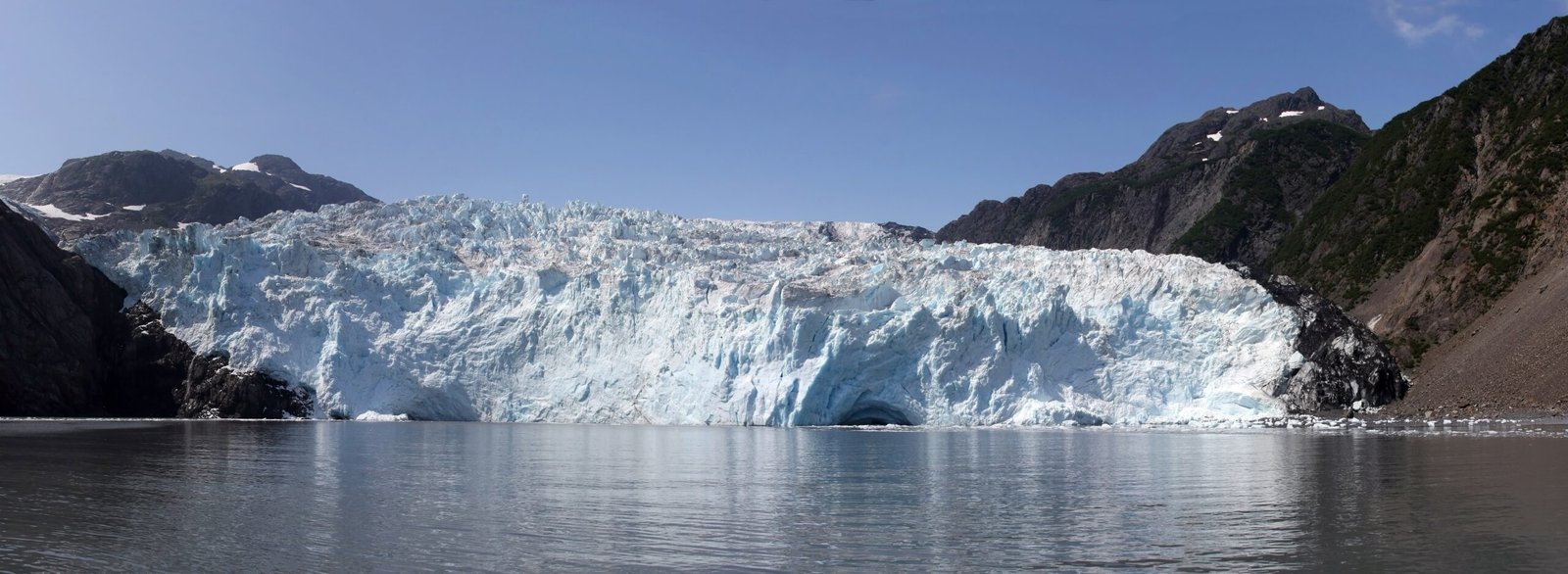
Glacier National Park in Montana once boasted over 150 named glaciers in the late 19th century. Today, fewer than 25 remain large enough to be called glaciers, and even these are shrinking fast. Park rangers have watched as iconic icefields like Grinnell and Jackson recede year after year, leaving behind barren rock and trickling streams. The park’s very identity is at stake—what happens when a place named for its glaciers loses them entirely? For local communities and the millions of visitors who flock to the park each year, the loss is both heartbreaking and surreal. The landscape is changing before their eyes, a living lesson in the reality of climate change.
Alaska’s Melting Giants

Alaska is home to more glaciers than the rest of the country combined, but even here the ice is vanishing at astonishing rates. The Columbia Glacier, near Valdez, has retreated over ten miles since 1980, dumping billions of tons of ice into the ocean. In places like Juneau, residents have witnessed the shrinking of the Mendenhall Glacier, once a backdrop for weddings and family picnics, now receding out of sight. Alaskans are uniquely attuned to these changes—glaciers aren’t just scenery, they’re part of daily life, shaping the economy, wildlife, and even weather. The loss of these icy giants is a warning of what’s to come for the rest of the country.
Economic Consequences for Local Businesses
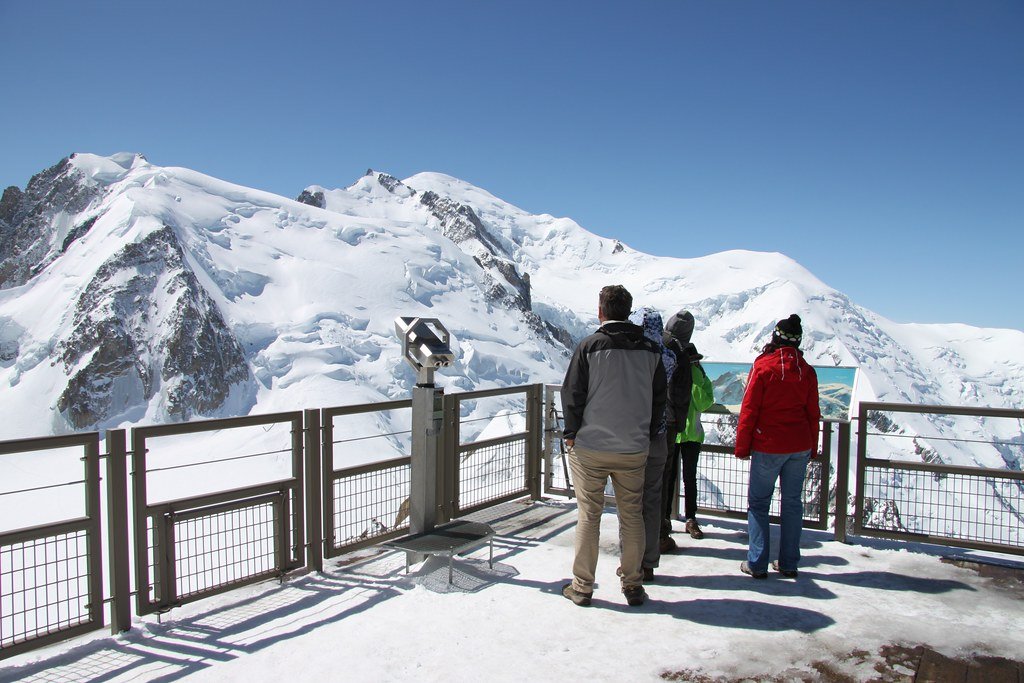
Tourism is a lifeblood for many communities near glaciers, from ice-climbing guides in Alaska to rafting companies in Montana. As glaciers retreat, so do the visitors who come to marvel at their beauty. Local businesses report fewer bookings, shorter seasons, and a growing sense of uncertainty about the future. Even industries not directly tied to tourism feel the pinch—hydropower plants, breweries, and ski resorts all depend on steady water flows from melting glaciers. The economic impact ripples outward, affecting jobs, tax revenues, and community spirit. In some towns, the loss of glaciers is more than an environmental issue—it’s a threat to survival itself.
Glacial Outburst Floods: A Hidden Danger

As glaciers melt, they sometimes create unstable lakes dammed by ice or loose rock. These lakes can burst suddenly, unleashing devastating floods known as glacial outburst floods, or “jökulhlaups.” In 2023, a glacial lake burst in Alaska, damaging homes and infrastructure in Juneau. These events can arrive with little warning, sweeping away roads, bridges, and even entire neighborhoods. Scientists are racing to identify and monitor dangerous glacial lakes, but with so many forming so quickly, the risk is growing. For communities living downstream, the threat of a sudden, icy deluge adds another layer of anxiety to the story of vanishing glaciers.
Changes in River Ecosystems

When glaciers melt away, the rivers they feed are transformed—sometimes in subtle, sometimes in shocking ways. Water that once flowed cold and steady becomes warmer and more erratic, threatening fish populations and the people who rely on them. Sediment from melting glaciers can clog streams, smother aquatic habitats, and disrupt drinking water supplies. In places like the Pacific Northwest, salmon runs have already dwindled, hurting local fishermen and Indigenous traditions. The health of entire river ecosystems hangs in the balance, each glacier lost pushing the system closer to the brink.
Impact on Agriculture and Food Security

Farmers in glacier-fed regions depend on predictable water supplies to grow everything from wheat to cherries. When glaciers shrink, so does the safety net that keeps crops alive during dry spells. In recent years, droughts have forced some farmers to abandon fields or switch to less thirsty crops. This isn’t just a local problem—America’s breadbaskets are at stake, with ripple effects on food prices and availability nationwide. The loss of glacier meltwater is like pulling the rug out from under an entire way of life, leaving farmers and ranchers scrambling to adapt.
Scientific Research and Glacial Clues
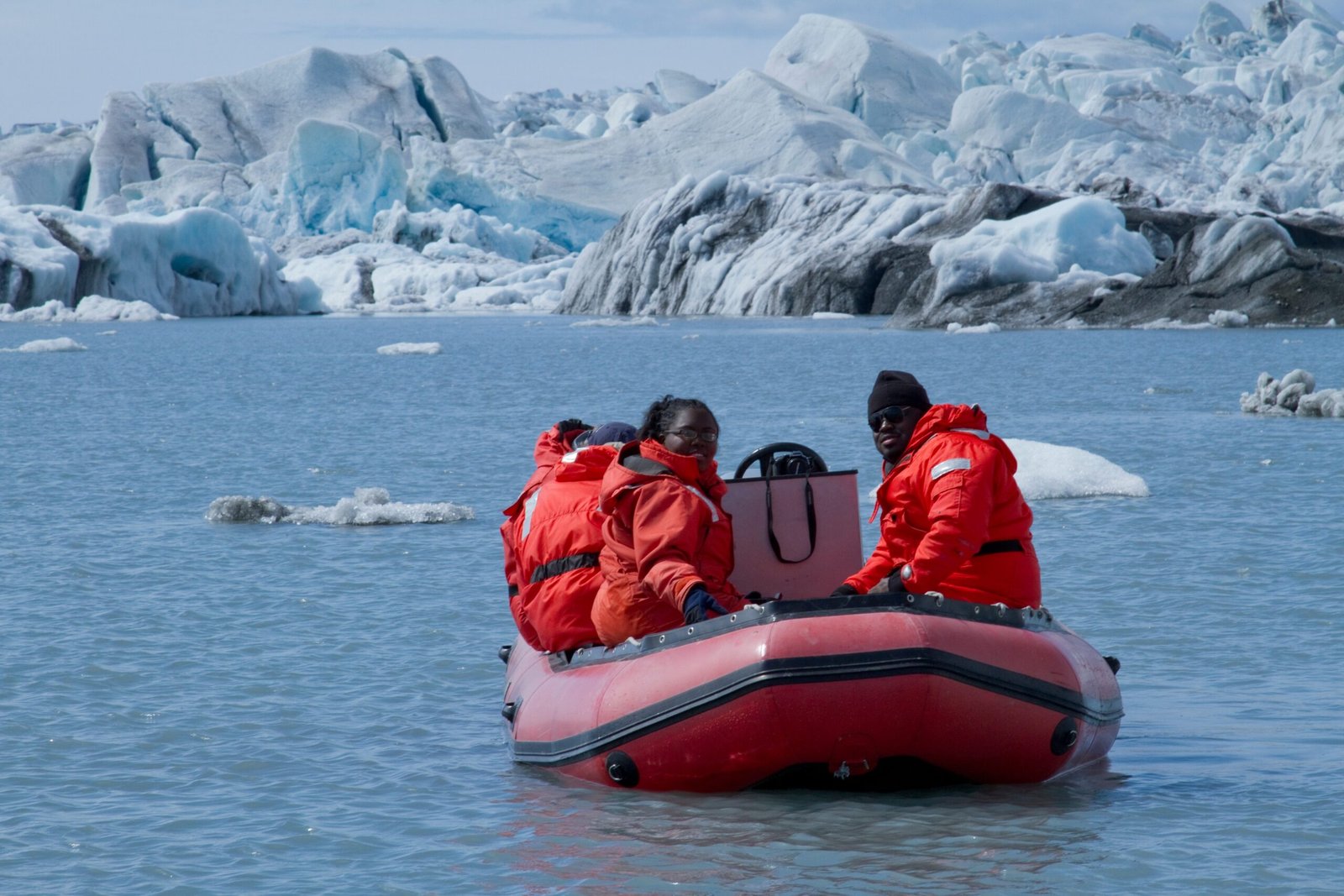
Glaciers are natural laboratories, holding vital clues about Earth’s history and future. Scientists drill deep ice cores to study past climates, uncovering layers of volcanic ash, ancient pollen, and trapped air bubbles from thousands of years ago. These records help us understand how the planet has responded to changes in the past—and what might be coming next. As glaciers disappear, so too does this irreplaceable archive of data. Researchers are in a race against time, working to collect samples and monitor changes before the ice is gone for good.
Stories of Adaptation and Resilience

Faced with the reality of vanishing glaciers, some communities are finding creative ways to adapt. In Colorado, water managers are investing in new storage systems and drought-resistant crops. Indigenous groups are reviving traditional knowledge to protect sacred lands and restore salmon runs. Local governments are updating disaster plans to cope with glacial floods and unpredictable water supplies. These stories of resilience are inspiring, proving that even in the face of loss, people can find hope and solutions. But adaptation is not easy—it takes resources, cooperation, and, above all, determination.
Glacial Retreat and Cultural Memory

For many, glaciers are more than ice—they are symbols, memories, and touchstones for entire generations. Families return year after year to the same viewpoint, only to watch the glacier edge shrink further into the distance. Artists, poets, and musicians draw inspiration from the icy landscape, weaving it into the nation’s cultural fabric. The loss of these glaciers is not just physical, but emotional—a sense of grief, nostalgia, and sometimes anger at what’s being lost. As one park ranger said, “It’s like losing an old friend, bit by bit, year after year.”
Hope from Glacial Restoration Projects

Not all news is gloomy—across the country, dedicated scientists and volunteers are working to slow the loss or soften its impact. In some areas, reforestation projects are helping to shade streams and keep water cool for fish. Innovative engineering projects aim to stabilize glacial lakes and prevent catastrophic floods. There are even efforts to artificially preserve small glaciers using reflective blankets or snowmaking machines. While these projects can’t halt the broader trend, they offer hope and practical benefits for local ecosystems and communities.
The Global Context and America’s Role

America’s vanishing glaciers are part of a worldwide crisis. From the Alps to the Andes, glaciers are retreating at record speeds, threatening water supplies for billions. As a major industrial nation, the United States has a special responsibility—to reduce emissions, lead scientific research, and support communities on the front lines. The choices made today will shape the fate of glaciers not just at home, but around the globe. The story of America’s glaciers is, in many ways, the story of our planet’s future.
A Call to Remember—and Act

As the last rays of sun catch on a shrinking glacier, the question lingers: what will be left for the next generation? The fate of America’s glaciers is not yet sealed, but time is running out to change course. Whether through individual choices, community action, or national policy, everyone has a role to play. The legacy of these ancient giants—and the communities that depend on them—demands our attention, our effort, and our care. Will we let this chapter close, or write a new ending together?

